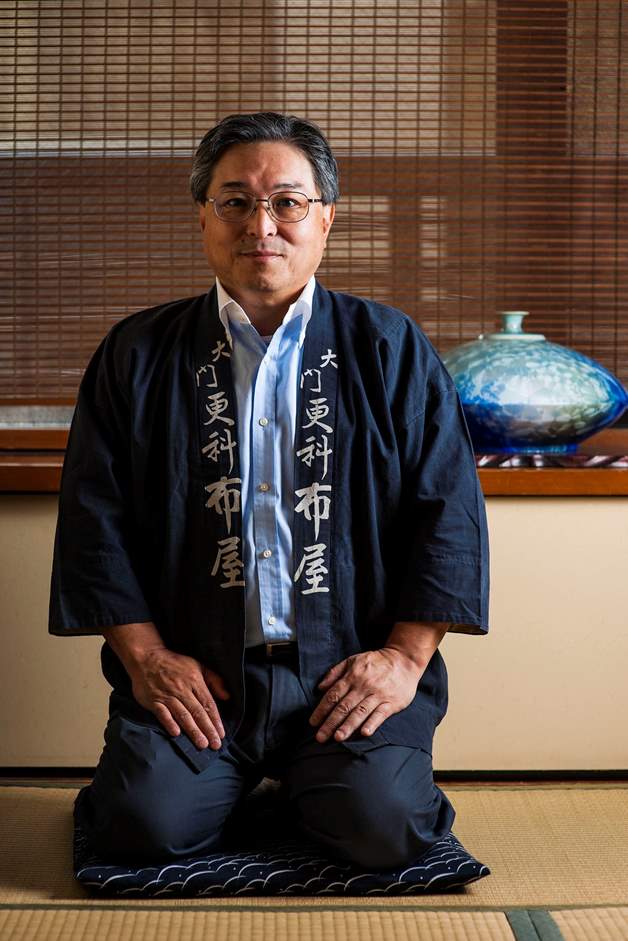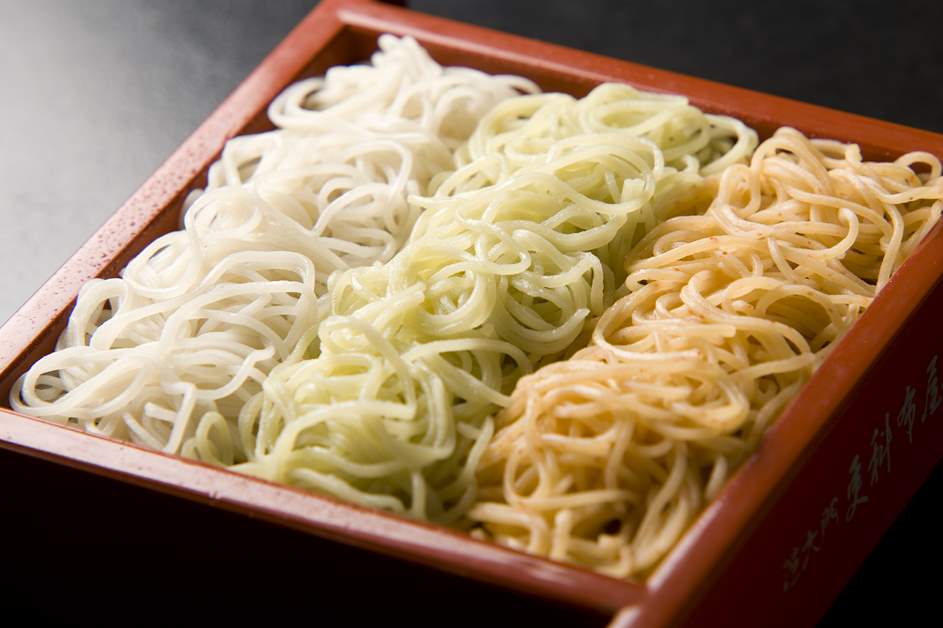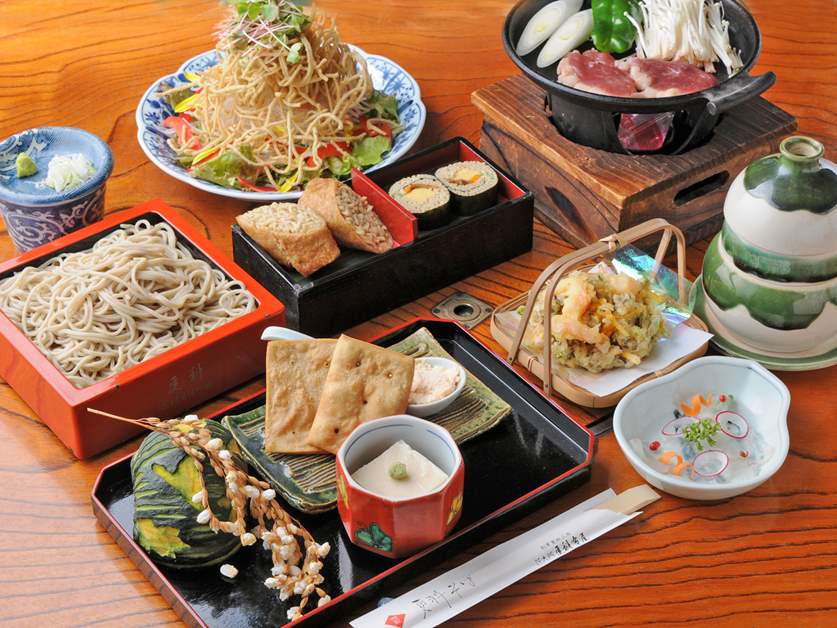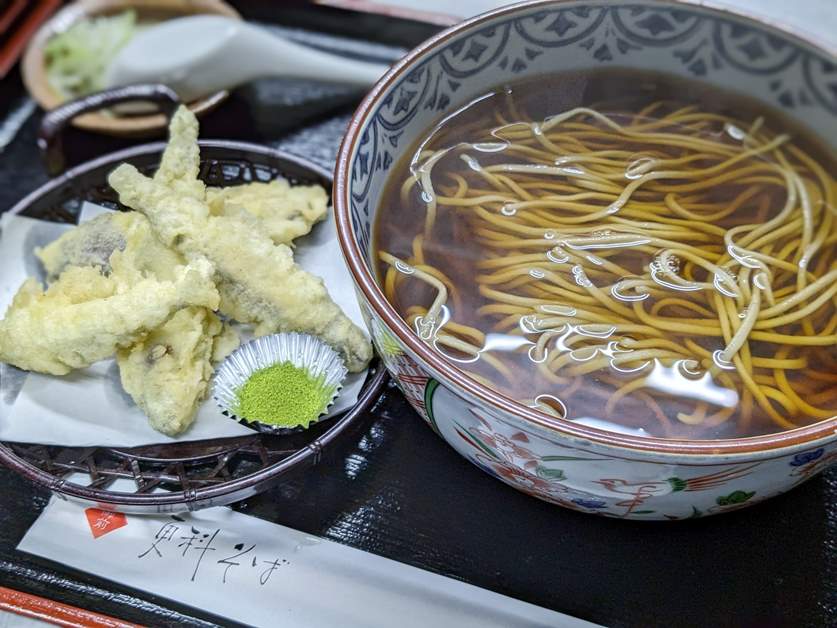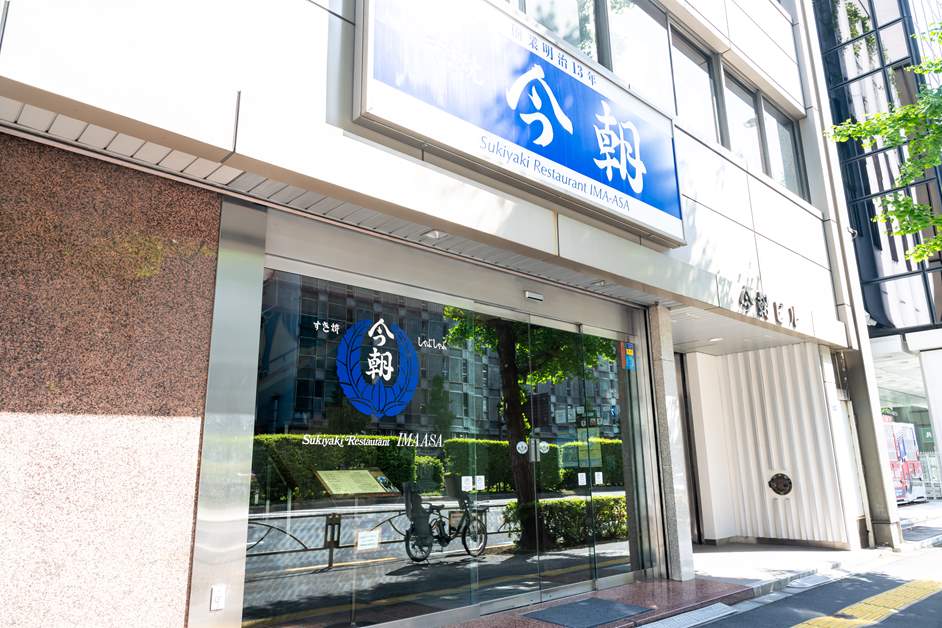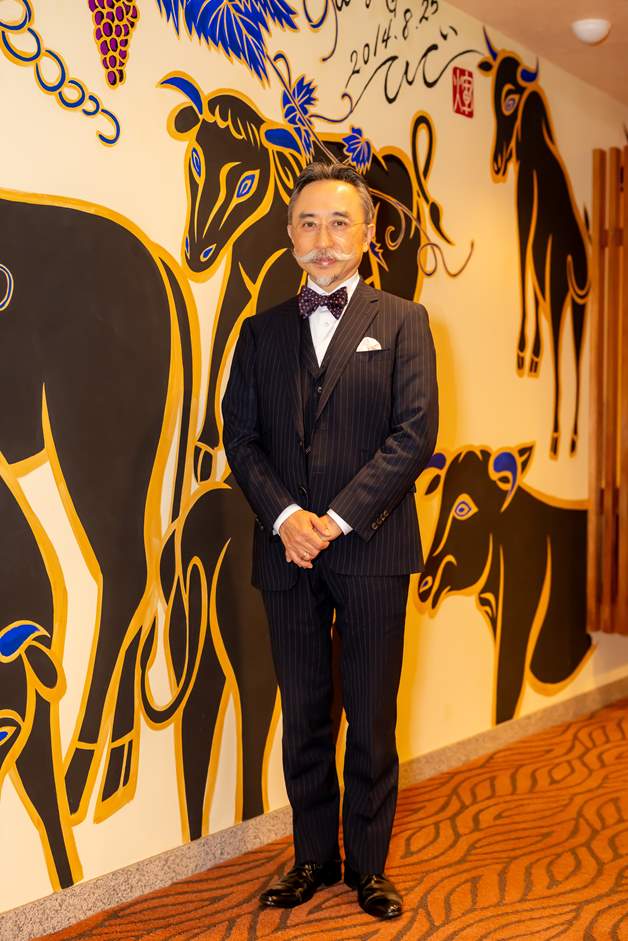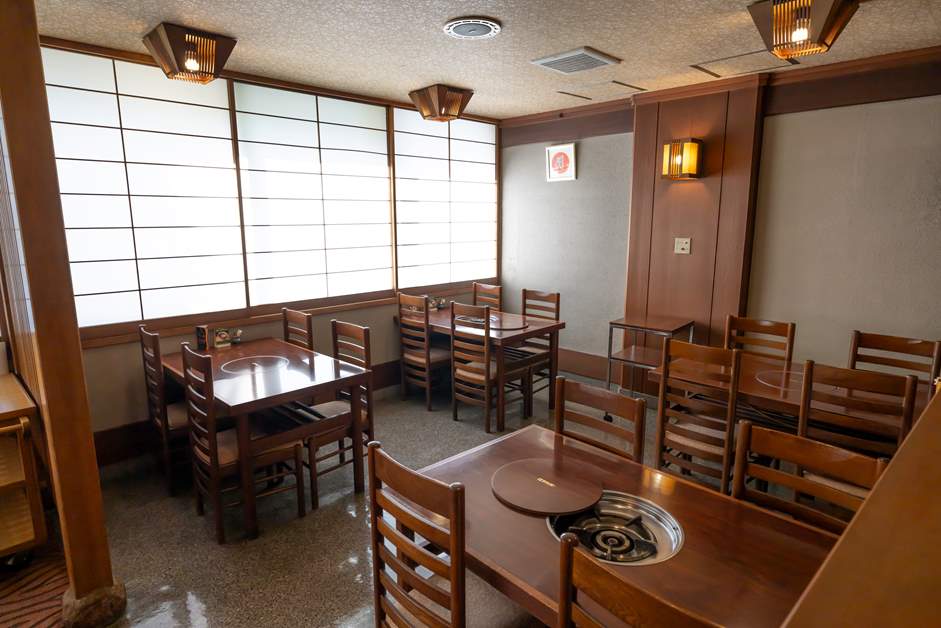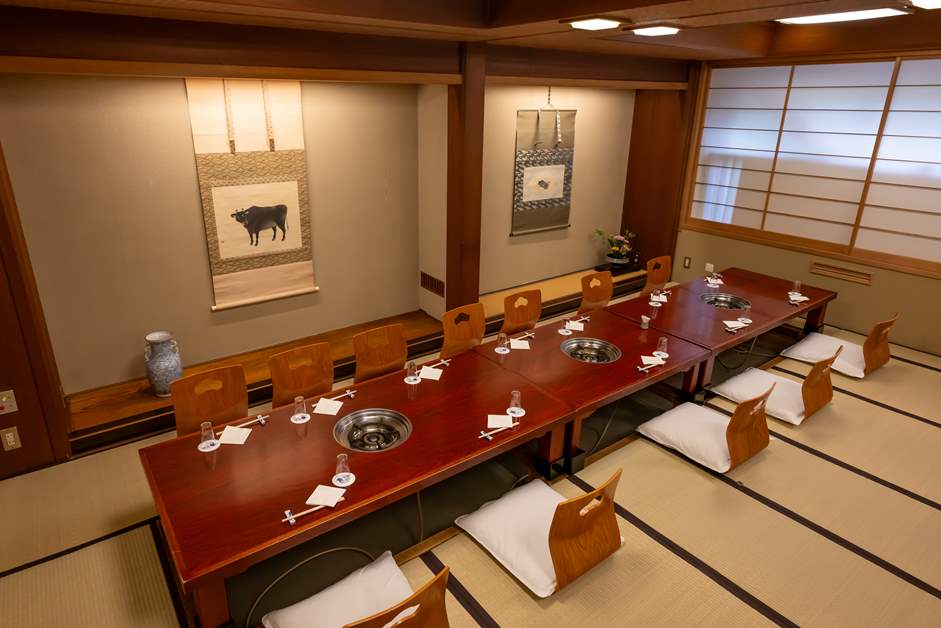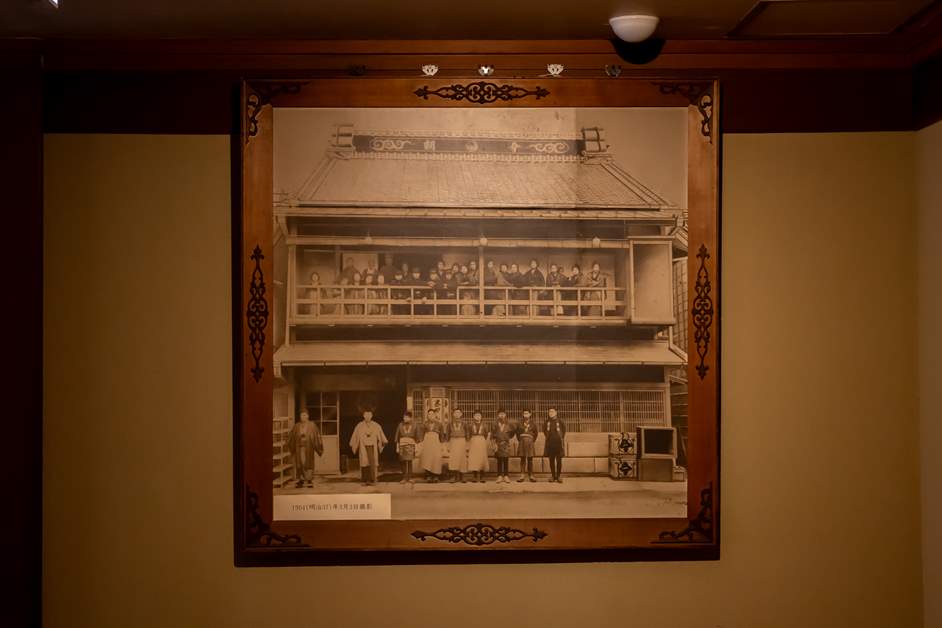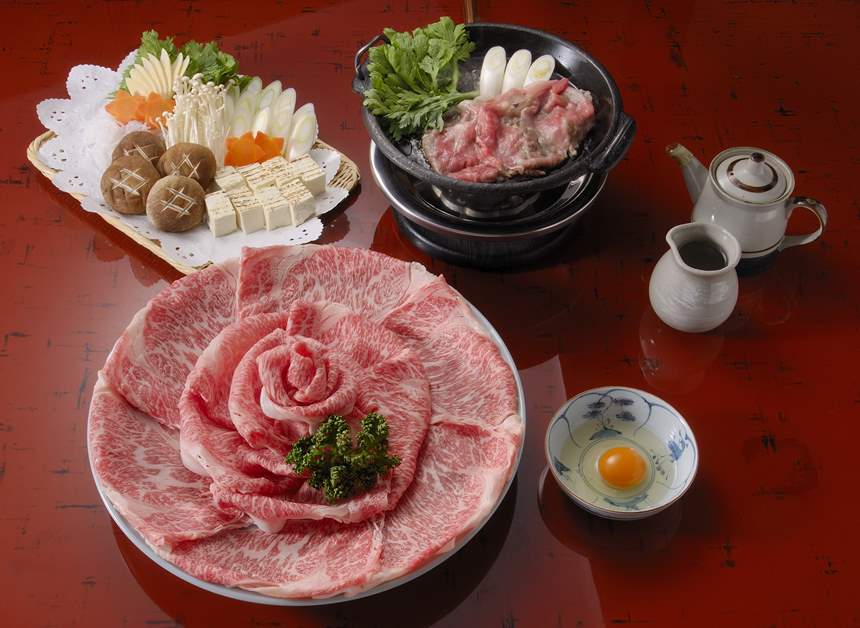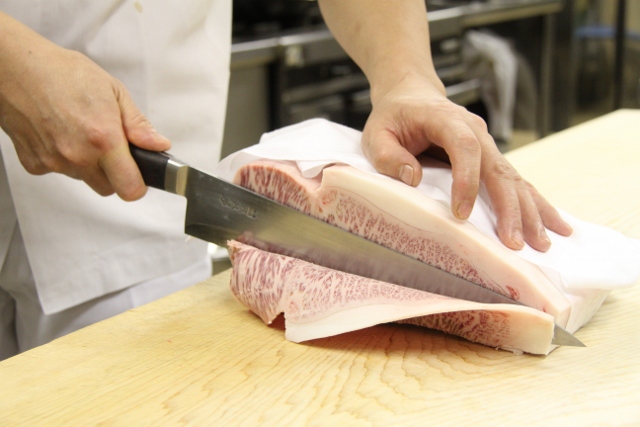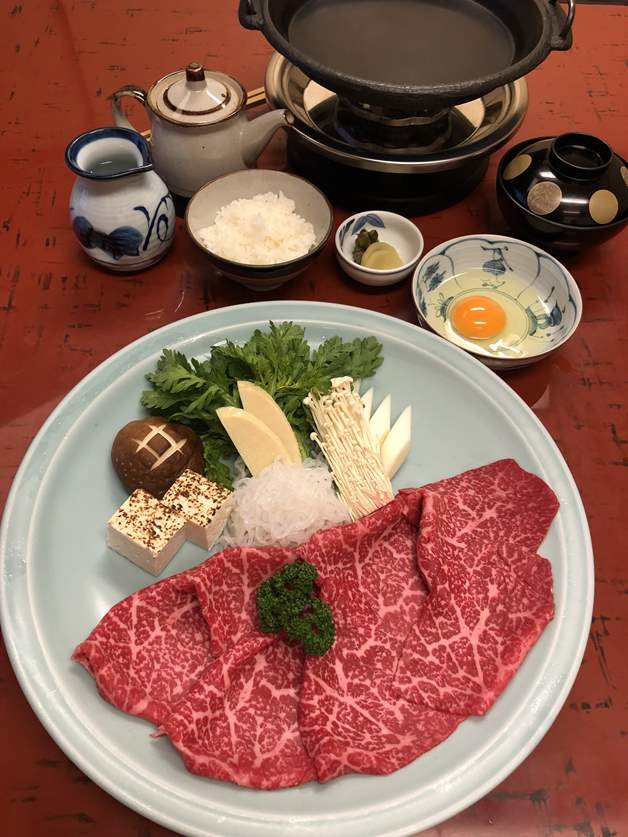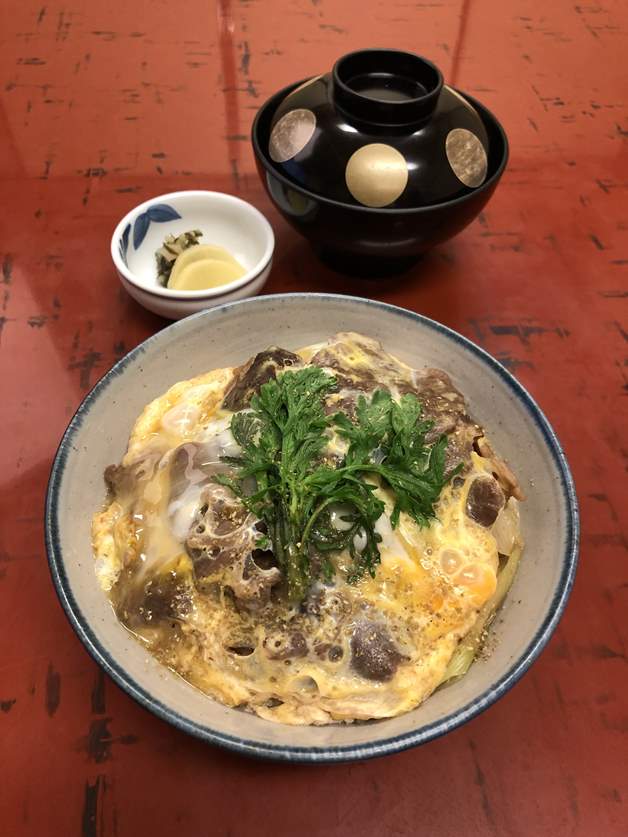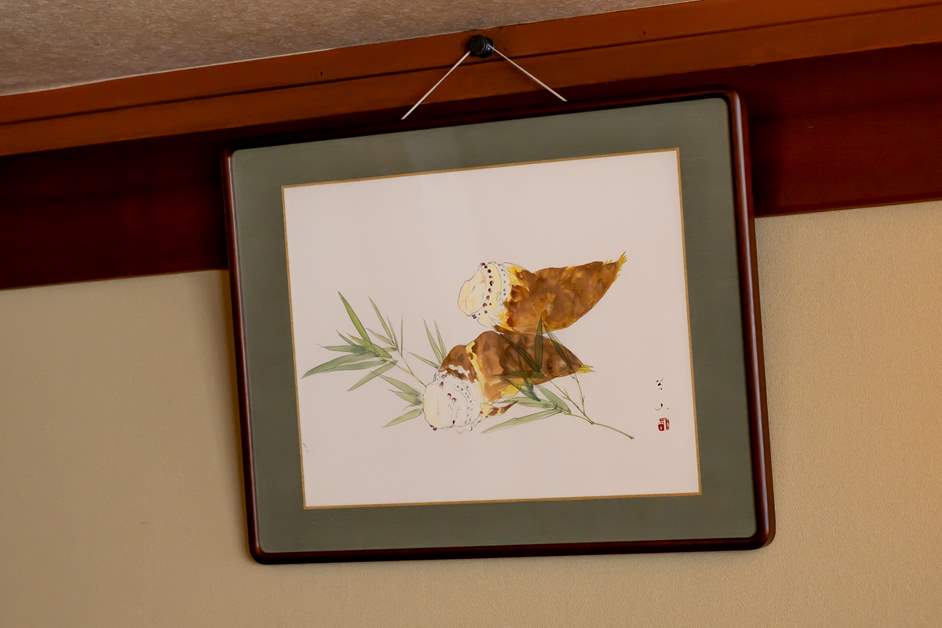History and Tradition of the Shiba Centennial Society: Reforms by Long-Established Shops in Shibadaimon and Shimbashi
In 2016, businesses in the Shiba district of Minato-ku with more than a century of history came together to form the "Shiba Centennial Society." Amid ongoing redevelopment and a changing urban landscape, these time-honored businesses have woven their history and traditions into the local fabric. What are the traditional skills passed down from generation to generation by these longtime shopkeepers who laid the groundwork in Shiba? And what reforms have they made? This time, we're introducing long-established restaurants in Shibadaimon and Shimbashi from the Shiba Centennial Society. Along with the owners' own words, we'll unravel their history and transformations.
Shibadaimon Sarashina Nunoya: Balancing Trends and Constancy
Established in 1791, Shibadaimon Sarashina Nunoya (Shibadaimon 1-15-8) boasts a history of 233 years. It began when Mankichi Nunoya, originally a fabric merchant from Shinshu known for his excellent soba-making skills, transitioned to a soba restaurant and opened a shop in Yakenbori, Higashi-Nihonbashi. In 1913, the shop moved to its current location, continuing to preserve the taste from its inception.
Eiichi Kaneko, the seventh generation owner, took over the shop in 1981. His first step was to rebuild the wooden shop into a proper building. "When I inherited the shop 43 years ago, there were no large venues in this area that could host corporate gatherings. Shibadaimon has a large population of office workers, so we rebuilt it into a building to meet the demand for corporate gatherings," Kaneko recalls. At its peak, the store hosted more than a thousand gatherings a year.
Recently, the number of overseas visitors has increased due to inbound tourism. Kaneko, who is also president of the Shiba Centennial Society, notes, "With historical and cultural landmarks such as Zojoji Temple, Shiba Daijingu, and Tokyo Tower, Shiba is an attractive area for foreign visitors. Sarashina Nunoya caters to international guests with menus in English, French, Chinese, and Korean.
The interior exudes the charm of a long-established restaurant where guests can enjoy not only soba but also alcoholic beverages. "As the term 'soba-ya sake' suggests, soba restaurants have been used as inexpensive izakaya pubs since the Edo period. You can enjoy various appetizers such as soba miso and soba tofu with drinks and experience the culture of the Edo townspeople," says Kaneko.
Sarashina soba is a translucent, pure white soba made from only the core of the buckwheat grain. It has a subtle sweetness and smooth texture. One of the specialties, "kawari soba," is sarashina soba mixed with seasonal ingredients. In May, it contains sansho (Japanese pepper), in June shiso, and in July bamboo leaves, offering a different flavor each month. The "Three Color Soba," a set that combines two types of kawari soba and standard sarashina soba, is also a popular choice.
Reservations are required for the soba-based kaiseki course. When Kaneko took over the shop, he began offering kaiseki cuisine, developing the menu with his predecessor.
Chiayu tempura soba is a special menu item that is only available from March to June. Kaneko says, In September, we offer matsutake soba, and from October to February, mushroom soba. We want our customers to experience the seasons through our soba.
For 230 years, "Shibadaimon Sarashina Nunoya" has maintained its traditions while embracing new ventures such as kaiseki cuisine and seasonal soba dishes. Kaneko emphasizes the importance of balancing trends and constancy. Constancy refers to "what must not be changed." For his shop, the constancy is "the flavor of the dipping sauce." "That must never be changed. Altering it would erase our tradition, history, and even the name of the shop. Our customers come because they love our dipping sauce. Even if the taste of soy sauce changes over time, we have the skills to adjust and recreate the original flavor. The most gratifying comment from customers is not 'it was delicious,' but 'the taste hasn't changed at all,'" Kaneko explains. Why not experience the history of the food culture of the Edo period by enjoying soba at this long-established restaurant?
Shibadaimon Sarashina Nunoya
Tokyo, Minato-ku, Shibadaimon 1-15-8
http://www.sarashina-nunoya.com/
Hours: Weekdays 11:00–20:30 (L.O. 20:00), Saturdays 11:00–19:30 (L.O. 19:00), Sundays and holidays 11:00–19:00 (L.O. 18:30)
Closed: No regular holidays (special year-end and New Year holidays)
Tokyo, Minato-ku, Shibadaimon 1-15-8
http://www.sarashina-nunoya.com/
Hours: Weekdays 11:00–20:30 (L.O. 20:00), Saturdays 11:00–19:30 (L.O. 19:00), Sundays and holidays 11:00–19:00 (L.O. 18:30)
Closed: No regular holidays (special year-end and New Year holidays)
Sukiyaki Ima-Asa: Determination and Attention to Detail
Established in 1880, Sukiyaki Ima-Asa (Higashi Shimbashi 1-1-21) began its history as a beef hot pot restaurant. With the introduction of sukiyaki from Kansai during the Taisho era, the restaurant changed from beef hot pot to sukiyaki. It continues to operate on the second floor of the Ima-Asa Building, which was built in 1980.
Akira Fujimori, the fifth-generation owner who took over in 2007, says, "My main task is to pass on Ima-Asa's history to the next generation. I want to continue to try new things while preserving the traditional Japanese culture of sukiyaki.
The interior features table seating and tatami rooms with a chic and quiet atmosphere, often used for business entertainment due to its location in Shimbashi. "We also cater to special occasions such as retirement parties and sixtieth birthdays. Lately, we are seeing more overseas customers," Fujimori reveals.
As you might expect from a long-standing establishment, the restaurant attracts a diverse clientele. Fujimori says, "An elderly customer who was treated to a meal by his boss some 50 years ago came in the other day with his subordinates, saying, 'Now I can finally treat others.' There was also a customer who used to frequent our restaurant as a student. After several decades, he came back to return a sake cup he had drunkenly taken home. When he happened to look at the cup and saw 'Ima-Asa' written on it, he felt he had to return it," the owner shared with a laugh, recounting this episode with a customer.
There are no photos from the time of the restaurant's founding; the ones displayed inside are from the era of the second generation. However, the works of cultural figures such as Kafu Nagai, Bunroku Shishi, Roppa Furukawa, and Jiro Nitta mention "Ima-Asa," giving us glimpses into those times. "Kafu Nagai mentioned Ima-Asa in 'Dancho Tei Nichijo.' He used to eat lunch here and then go to the entertainment district at night. I also heard that Jiro Nitta, a cousin of my grandfather, was also a frequent visitor, although I never had the chance to meet him." Fujimori recounts.
A favorite of literary figures, Ima-Asa's sukiyaki features marbled Matsusaka beef, a soy sauce-based sukiyaki broth that has remained unchanged since the restaurant's founding, and carefully selected vegetables. Fujimori explains, "We use the highest quality Senju leeks, thick natural shiitake mushrooms, tofu from Tsukiji, and shirataki noodles from Gunma. We also use spring chrysanthemums and bamboo shoots. The photo shows one of the signature dishes, "Sukiyaki Matsu," made with Matsusaka beef loin.
The meat is carefully sliced by hand by chefs using knives rather than a slicer. Fujimori explains, "Using a slicer requires freezing the meat, which causes dripping when it defrosts. Our chefs cut the meat by hand, which creates slight undulations that allow the broth to seep in more effectively".
The "Sukiyaki Set Meal" on the lunch menu is a reasonably priced way to enjoy sukiyaki. It is often ordered by colleagues or friends to celebrate work achievements, engagements and other special occasions.
Sukiyaki Don, a bowl of sukiyaki beef topped with egg, is also popular. Other lunch options include a variety of dishes including the "Teppanyaki Set Meal," offering a range of delicious choices.
The restaurant also displays artwork and hanging scrolls framed by Fujimori, such as a picture of bamboo shoots used in the sukiyaki.
As a certified sommelier, Fujimori uses his expertise to recommend wine pairings with sukiyaki. When customers ask, he suggests wines that complement the dishes. "We have a wine list, and I'll recommend wines if customers are interested. Given the complex flavors of sukiyaki—combining meat, vegetables, and the broth—a vintage wine with mellow acidity might be ideal. There are probably no other sukiyaki restaurants in Japan with a sommelier, so we want to provide a unique experience while preserving our history and tradition," says Fujimori. Ima-Asa's sukiyaki combines traditional style with new enjoyment, reflecting both history and innovation.
Sukiyaki Ima-Asa
Tokyo, Minato-ku, Higashi Shimbashi 1-1-21 Ima-Asa Building 2nd floor
https://sukiyaki.imaasa.com/
Hours: Lunch 11:30–14:30 (L.O. 14:00), Dinner 17:30–21:00 (L.O. 20:00)
Closed: Saturdays, Sundays, holidays
Tokyo, Minato-ku, Higashi Shimbashi 1-1-21 Ima-Asa Building 2nd floor
https://sukiyaki.imaasa.com/
Hours: Lunch 11:30–14:30 (L.O. 14:00), Dinner 17:30–21:00 (L.O. 20:00)
Closed: Saturdays, Sundays, holidays
Minato-ku also has these specialties!!
After savoring the exquisite cuisine of Minato-ku's long-established restaurants, take a stroll through the shopping streets to pick up some wonderful souvenirs!
#EveryoneSnapIt What We Love About Our Shopping Streets! Minato-ku Shopping Street Video & Photo Contest Winners
So, what did you think? Be sure to experience the culinary delights of Minato-ku for yourself!





